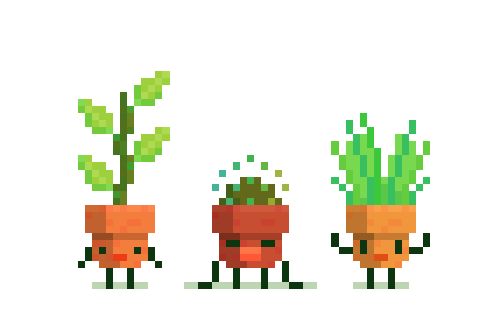Please do not cut off the leaf. Removing a leaf before it is completely brown inhibits it's growth. Plants relocate mobile nutrients from older/dying leaves to newer ones. Be patient and let the plant do its thing.
Browning in the middle of the variegation is usually due to a drastic change in light. This causes what is essentially a sunburn.
A few tricks from way to many decades growing them. They like direct morning or evening sunlight for 3-4 hours. Watering - completely saturated the pot then allow it to dry out (I water mine only once a month or two). Fertilizer - they do best with a fertilizer with a 3:1:2 NPK ratio. You can give them a bit extra K when they are putting out a new leaf.
Do not move the plant if possible. Rotating them is a great way to mess them up and get sunburn.



